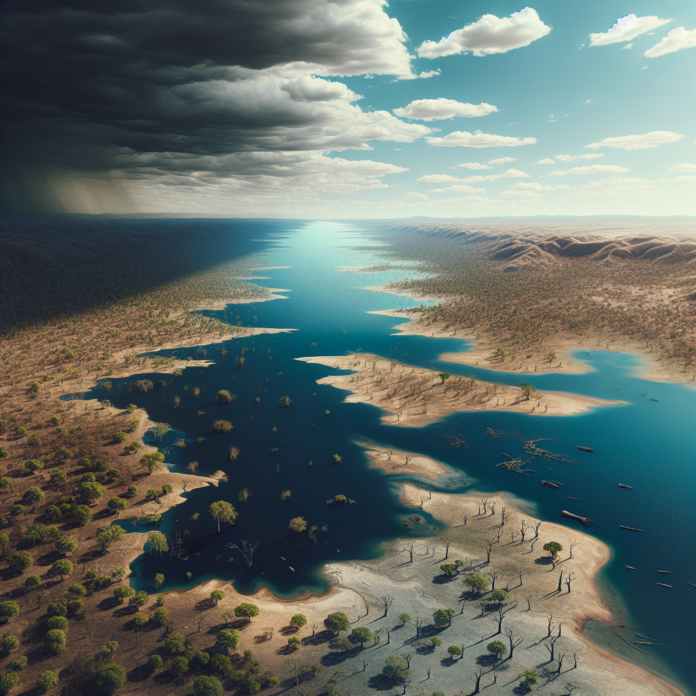Lake Chad’s Stability Amid Climate Challenges
Lake Chad: A Complex Narrative Beyond Shrinking Waters
Lake Chad, once one of Africa’s largest freshwater lakes, has often been portrayed as a shrinking body of water, a narrative that oversimplifies the complex ecological and socio-economic dynamics at play. While it is true that the lake has experienced significant fluctuations in size over the years, recent studies suggest that the situation is more nuanced than mere reduction in water volume.
Understanding the Dynamics of Lake Chad
Historically, Lake Chad covered an area of approximately 25,000 square kilometers. However, due to a combination of factors, including climate variability, unsustainable agricultural practices, and increased water diversion for irrigation, the lake’s surface area has fluctuated dramatically. These changes are not solely attributable to climate change; rather, they are influenced by human activities and regional socio-economic conditions.
Climate Change and Its Multifaceted Impact
Climate change plays a significant role in altering rainfall patterns, affecting the lake’s water levels. While some regions experience intensified droughts, others may face unpredictable flooding. This variability disrupts the delicate balance of the lake’s ecosystem, impacting both biodiversity and the livelihoods of the millions who depend on its resources.
Additionally, rising temperatures contribute to increased evaporation rates, further complicating the lake’s hydrology. The consequences of these changes extend beyond the lake itself, affecting local agriculture, fishing industries, and the availability of potable water for surrounding communities.
Socio-Economic Challenges and Adaptation Strategies
The communities surrounding Lake Chad are not only grappling with the ecological changes but also with socio-economic challenges. As the lake’s ecosystem transforms, traditional fishing and farming practices are threatened, leading to food insecurity and increased competition for dwindling resources. This situation has, in some cases, exacerbated conflicts among local populations.
To adapt to these challenges, various strategies are being implemented. Initiatives aimed at sustainable water management, reforestation, and the promotion of climate-resilient crops are gaining traction. Additionally, regional cooperation among the countries that share the lake—Chad, Cameroon, Niger, and Nigeria—is essential for establishing effective management policies.
Conclusion: A Call for Holistic Solutions
Rather than framing Lake Chad’s story solely as one of shrinking waters, it is crucial to recognize the intricate interplay of climate change, human activity, and socio-economic factors. A holistic approach that includes sustainable resource management, community engagement, and regional collaboration is vital for safeguarding the future of Lake Chad and the millions who depend on it. Addressing these challenges will require concerted efforts from local governments, international organizations, and the communities themselves to create a more resilient and sustainable environment.


